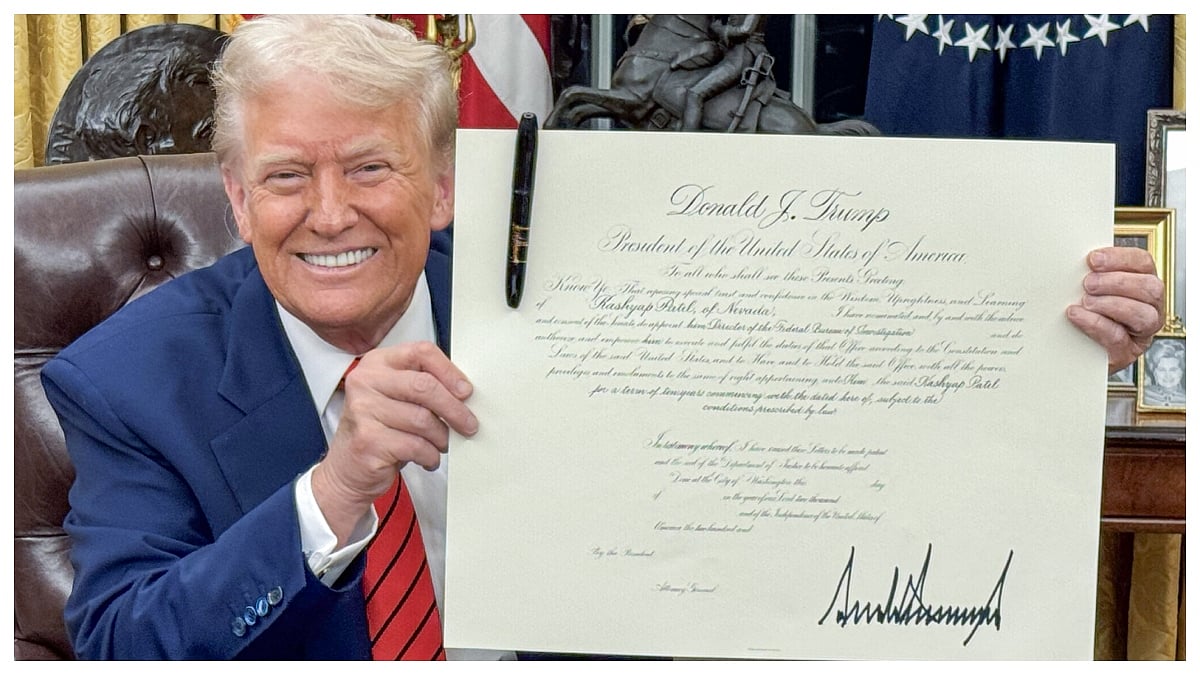New Delhi: The US has announced 27% tariffs on Indian goods, impacting exports. While challenging, India’s trade position is better than many competitors. A new trade agreement could help ease the situation.
What Are Tariffs?
Tariffs are taxes imposed on goods imported from other countries. Importers pay these duties, often passing the cost to consumers. This makes imported goods more expensive.
What Are Reciprocal Tariffs?
These are tariffs imposed by countries in response to similar measures from their trading partners, acting as a form of economic retaliation.
Tariff Details for India
The US has set a 27% tariff on Indian goods starting April 9. Currently, steel, aluminum, and auto parts face a 25% duty. For other goods, a 10% base tariff applies until April 8.
Why Did the US Impose These Tariffs?
The US aims to boost its domestic manufacturing and reduce the trade deficit, which was $35.31 billion with India in 2023-24. This move is also part of broader efforts to curb trade imbalances, especially with China.
Exemptions from Tariffs
Essential items like pharmaceuticals, semiconductors, copper, and energy products (oil, gas, coal, LNG) are exempt from these tariffs.
Impact on India
The tariffs pose challenges, but India’s trade position is relatively strong compared to competitors like China and Vietnam. The proposed Bilateral Trade Agreement with the US could help mitigate negative effects.
The India-US Trade Agreement
Announced during Prime Minister Modi’s Washington visit in February, this agreement aims to boost bilateral trade to $500 billion by 2030. The first phase is expected by fall 2024.
How Are Competitor Countries Affected?
China faces a 54% tariff, Vietnam 46%, Bangladesh 37%, and Thailand 36%. India’s tariffs are lower, giving it a competitive edge.
Are These Tariffs WTO-Compliant?
Experts say these tariffs violate WTO rules, breaching Most Favored Nation (MFN) obligations. India can challenge them in the WTO dispute settlement mechanism.
Current Trade Stats Between India and the US
Exports (2023-24): $35.32 billion surplus
Top Exports: Pharmaceuticals, telecom instruments, precious stones
Top Imports: Crude oil, petroleum products, coal, diamonds
While the US tariffs pose challenges, India’s strong trade ties, competitive edge, and the upcoming trade agreement offer hope for sustained growth in bilateral trade.
